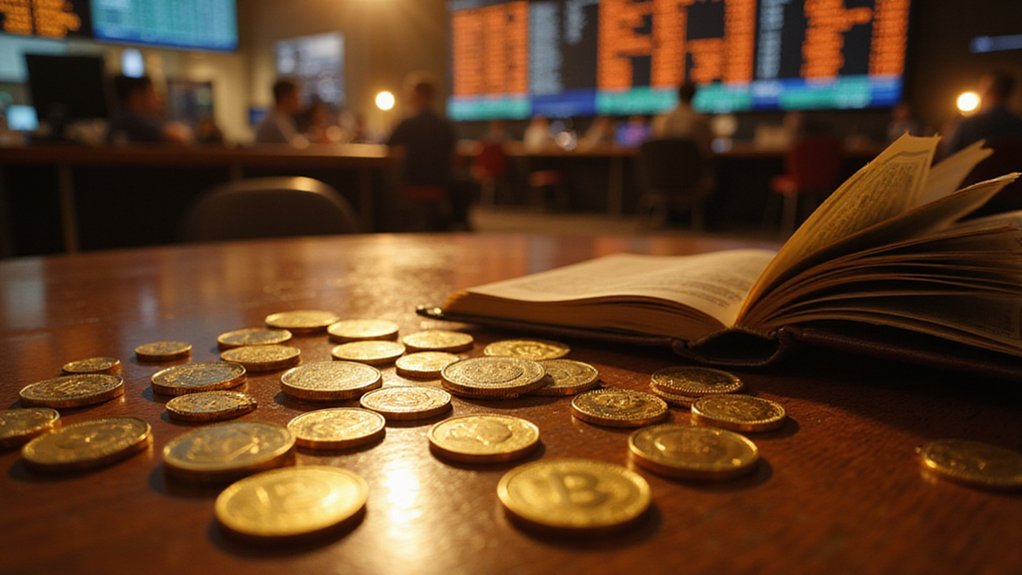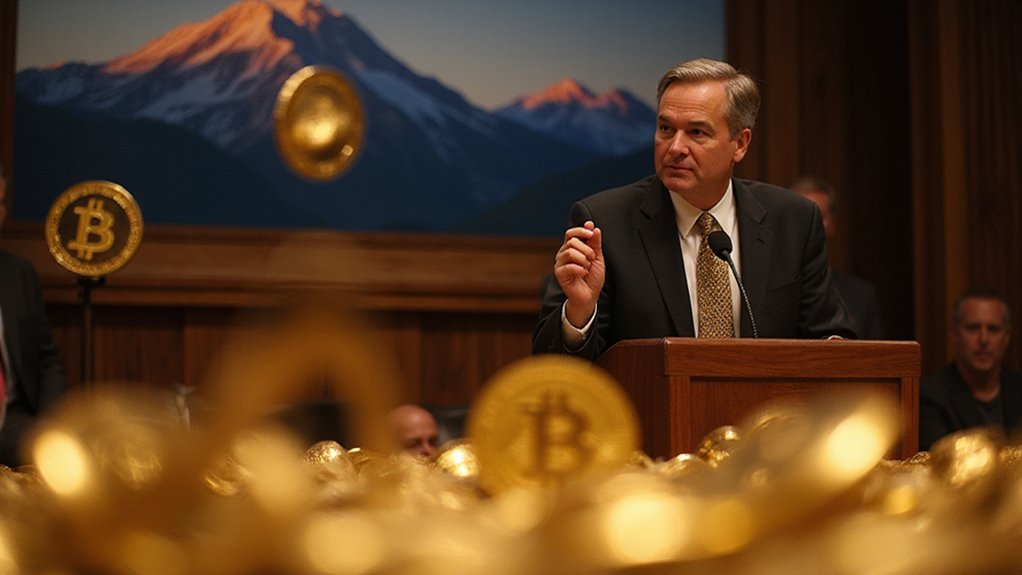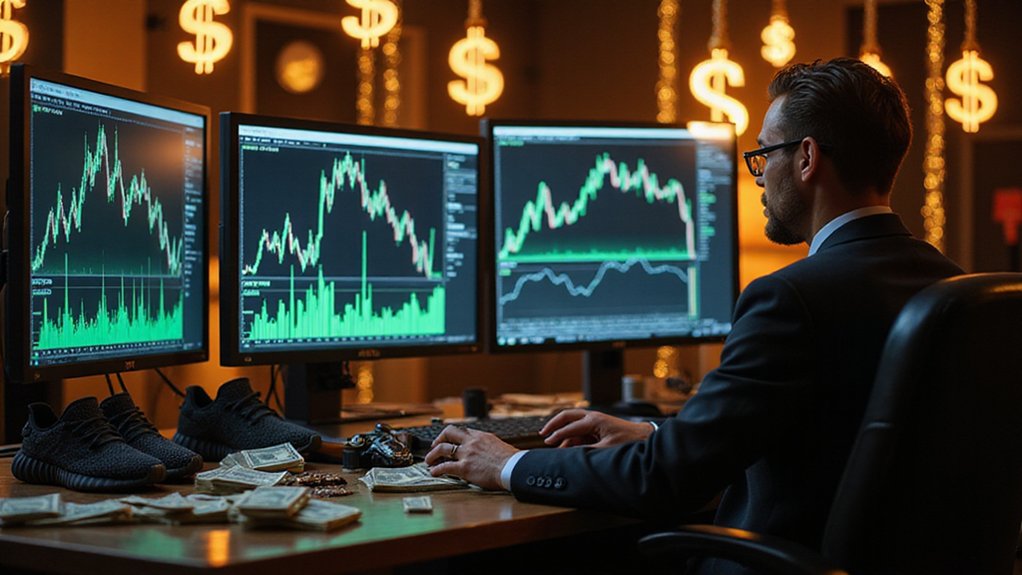Trading audaciously requires a peculiar blend of mathematical precision and psychological recklessness—a combination that transforms market participants into either legends or cautionary tales, often within the span of a single trading session. The transformation of $6,800 into $1.5 million represents precisely this phenomenon: a calculated deviation from conventional risk management that somehow transcended the gravitational pull of statistical probability.
Audacious trading transforms calculated risk into extraordinary returns, defying conventional wisdom through mathematical precision merged with psychological recklessness.
This extraordinary gain exemplifies the high-risk, high-reward paradigm that defines audacious trading strategies. While traditional portfolio theory advocates for diversification and measured exposure, audacious traders deliberately concentrate their capital in unconventional positions, employing financial leverage to amplify potential returns (and, inconveniently, potential losses). The mathematical elegance of such moves lies not in their safety, but in their capacity to exploit market inefficiencies that conservative strategies systematically ignore.
The psychological architecture required for such trading decisions involves an almost paradoxical relationship with risk tolerance. Successful audacious traders possess unwavering confidence in their market analysis while maintaining sufficient emotional control to execute strategies that would cause most investors to lose sleep—or sanity. This particular move likely stemmed from unconventional beliefs about asset valuations, market trends, or emerging opportunities that traditional analysis might have dismissed. These individuals consistently challenge norms by rejecting conventional investment wisdom that prioritizes capital preservation over extraordinary returns.
Market volatility, rather than representing an obstacle, becomes the primary vehicle for extraordinary returns in audacious trading. The unpredictability that terrifies institutional investors creates the very conditions where bold, daring strategies can flourish. Whether through short-selling positions, cryptocurrency speculation, or leveraged bets on volatile equities, audacious traders thrive in environments where conventional wisdom falters. Such traders demonstrate extreme originality by developing strategies without precedent in traditional investment frameworks. AI integration now enhances these sophisticated trading strategies through improved transaction efficiencies and refined security protocols.
The broader market implications of such moves extend beyond individual profit and loss statements. Audacious trading strategies can disrupt market stability, influence broader trends, and occasionally precipitate corrections that reshape entire sectors. The GameStop phenomenon demonstrated how audacious retail investor strategies could challenge established institutional positions, while George Soros’s currency speculation proved that individual audacious moves could destabilize national monetary policies.
Despite the remarkable outcome, effective risk management remains essential even within audacious frameworks. The difference between becoming a cautionary tale and achieving legendary status often depends on knowing when mathematical precision should override psychological recklessness—a lesson that transforms $6,800 investments into million-dollar victories rather than devastating losses.




